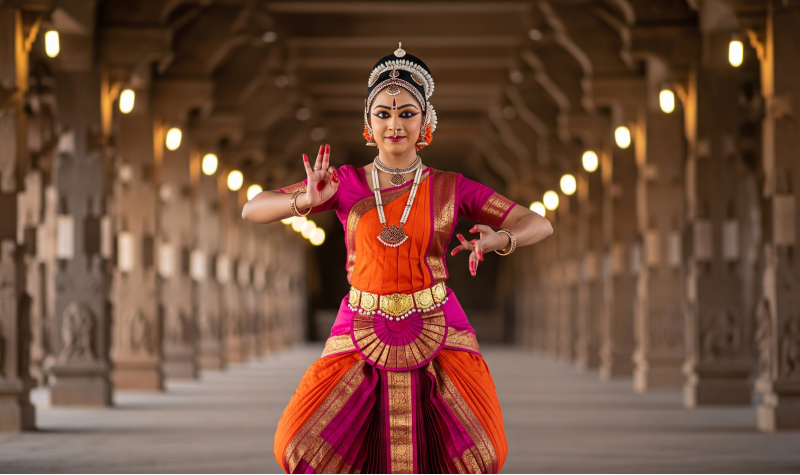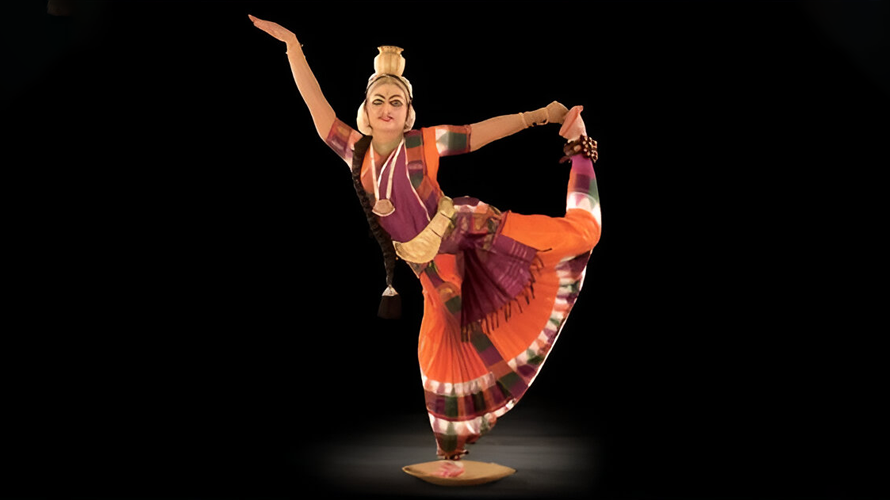In India, art is not more entertainment — it is an offering, a spiritual expression, a celebratory embodiment of the divine. This near-sacred mindset is especially evident in the case of classical dance where the dance is choreographed to synchronize with the rhythm of the universe. At Nrityangana, we believe that dance and devotion are soulfully entwined, along with timing to add spiritual meaning to each movement.
In India, art is not entertainment—it’s an offering, a spiritual gesture, a celebration of divinity. Particularly in the case of classical dance, for which the performance is usually attached to the rhythm of the universe. After all, at Nrityangana, we are aware that dance is devotion and timing is everything in the expression of its spiritual beauty.
Sacred Bond Between Dance and Spirituality
In Indian tradition, dance is not just an art form; it’s a path to communion with the divine. Whether Kuchipudi dance, Bharatanatyam or Odissi, all classical forms have derived their roots from religious philosophy. Gods are invoked through gestures (mudras), expressions (bhavas), movements (nritya). Dancing on festive occasions—such as a religious celebration, a full moon or a specific set of stars (nakshatras)—is said to enhance the dancer’s power as well as that of being attuned to the divine.
Why Timing Is Everything in Indian Classical Dance
In Hinduism, the greater good is determined by the jyotish and lunar calendar as well as myths. Indian festivals like navratri, mahashivaratri, greatgurupurnima day, Gudi Padwa amongst others are also organized for Indian Culture Dance performances. These are said to be days with very strong spiritual vibrations and are deemed the best time to provide seva of dance.
But these performances are more than mere aesthetics—they are a ritual of devotion. The reasons are twofold: first, by syncing with these cosmic timings, dancers express their respect for tradition — and second, the divine energy they generate in such a setting works to elevate both themselves and their audience.
At Nrityangana, our students not only learn technique but also the historical, cultural, and spiritual background behind performance timing. This understanding instills in them a deep respect for the traditions that constitute the core of their craft and allows them to grow as dancers as well as cultural ambassadors.
Modern Cultural Relevance

I believe with the kind of quick-paced world we have today, performing and tradition can assist in grounding our roots. It reminds us that Indian cultural dance is not merely a matter of body movement, but of telling a story in an auditory and visual sense. On the temple grounds or the global stage, the timing upholds the devotion of the dancer to continue the essence of the classic arts.
Conclusion
Classical dance performance is performed in accordance with the to pay tribute to the divine rituals, to draw spiritual energy and to give a boost to the level of culture in the performance. At Nrityangana, we believe, when timing meets devotion – every step is sacred.


